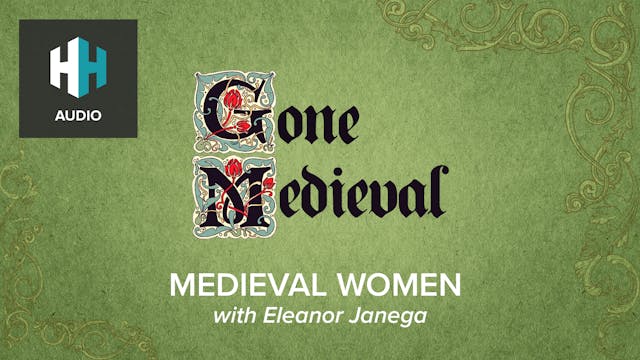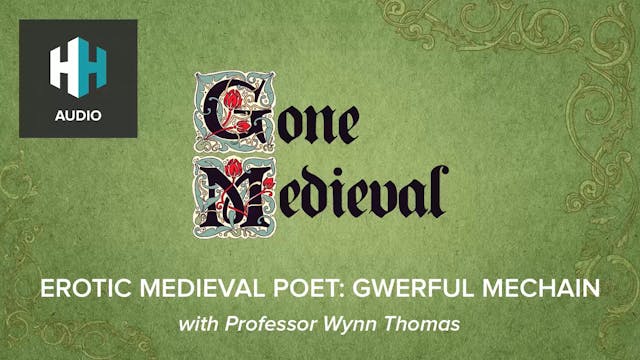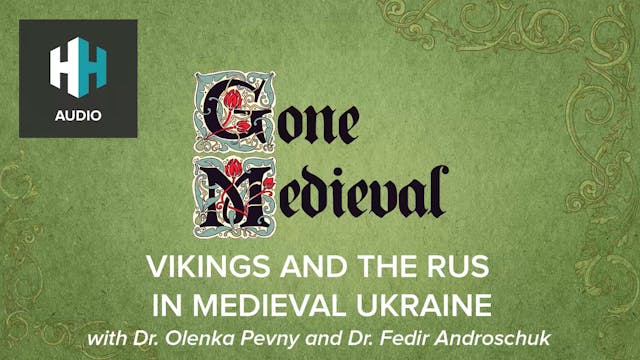🎧 Lies that Misled Medieval People
🎧 Gone Medieval
•
29m
Everyone lies from time to time but some lies have had particular influence on world events and even been a major factor in shaping history. In the Middle Ages, how did an outlandish book called The Travels of Sir John Mandeville create misconceptions about foreigners? And how did falsehoods promoted after the death of a young boy in northern Italy lead to widespread anti-semitic pogroms as well as conspiracy theories that endure today?
In this episode of Gone Medieval, Dr. Cat Jarman is joined by Natasha Tidd, author of the new book A Short History of the World in 50 Lies. Together they explore these two cases where lies had widespread consequences.
This episode was edited and produced by Rob Weinberg.
Read more of Natasha Tidd’s work at F Yeah History: https://fyeahhistory.wordpress.com/
If you’re enjoying this podcast and are looking for more fascinating Medieval content then subscribe to our Medieval Monday newsletter here: https://insights.historyhit.com/signup-form
Up Next in 🎧 Gone Medieval
-
🎧 Medieval Women with Eleanor Janega
What made for the ideal woman in the Middle Ages? In her new book The Once and Future Sex, Dr. Eleanor Janega looks at what beauty, sexuality, work and social status meant for medieval women. Despite the expectation of their primarily being mothers, they were also industrious farmers, brewers, te...
-
🎧 Erotic Medieval Poet: Gwerful Mechain
Wales in the Medieval period had a thriving bardic tradition and one poet is particularly fascinating. Gwerful Mechain lived in the second half of the fifteenth century. She left a body of work that is mostly religious, but sometimes very rude and irreverent.
In today’s episode of Gone Medieval,...
-
🎧 Vikings and the Rus’ in Medieval Uk...
One year ago, Russia invaded Ukraine. While the invasion and subsequent war have largely been driven by modern geopolitics, the history of the two countries has also played a part, especially that of the medieval period.
In today’s episode of Gone Medieval Dr. Cat Jarman explains the relationshi...



